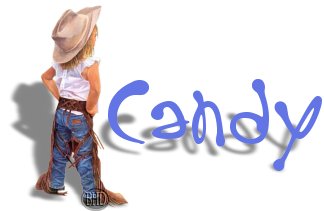
For today's stroll you might need to play a little country music on your Ipod and start heading on over to Nashville Tennessee.
We are going to visit a great American treasure today....
The Grand Ole Opry
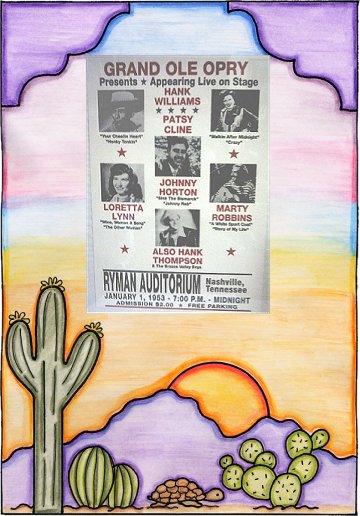
The Grand Ole Opry, one of the longest-lived and most popular showcases for western music, begins broadcasting live from Nashville, Tennessee. The date was November 28, 1925. The showcase was originally named the Barn Dance, after a Chicago radio program called the National Barn Dance that had begun broadcasting the previous year.
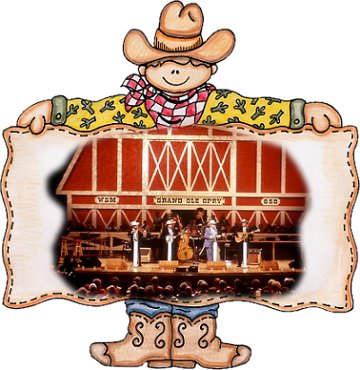
Impressed by the popularity of the Chicago-based National Barn Dance, producers at WSM radio in Nashville decided to create their own version of the show to cater to southern audiences who could not receive the Chicago signal. Both the Grand Ole Opry and the National Barn Dance aired on Saturday nights and featured folk music, fiddling, and the relatively new genre of country-western music. Both shows created a growing audience for a uniquely American style of music and were launching grounds for many of America's most-loved musicians--the singing cowboy Gene Autry got his first big break on the National Barn Dance. The WSM producers recognized that Americans were growing nostalgic for the rural past, so all live performers at the Grand Ole Opry were required to dress in hillbilly costumes and adopt old-time names.
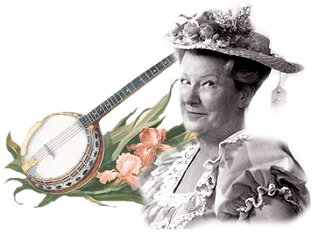
The four-and-a-half-hour Grand Ole Opry program became one of the most popular broadcasts in the South, and like its Chicago cousin, helped make country-western an enduring part of the popular American musical landscape.
Until 1938, the Opry presented nearly all instrumentals, until Roy Acuff and the Smoky Mountain Boys stepped forward to sing. He was followed shortly by vocalists Red Foley, Ernest Tubb and Hank Williams, Sr. Minnie Pearl soon joined the performers, and Bill Monroe arrived to introduce bluegrass music. In 1939, the Opry was carried on the NBC network for the first time. From its inception, the Grand Ole Opry has continued to introduce new talents, many to become mega-stars in the country music pantheon.
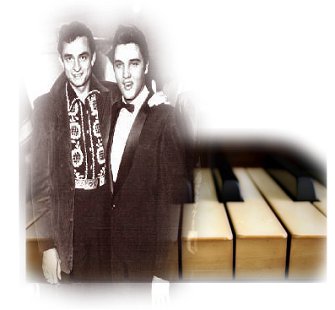
Did you know it really got started way before 1925 as a tool to help sell insurance?
It all began in 1901 when C.A. Craig, who at the time was the states deputy insurance commissioner, along with several investors won at auction ($17,250) the National sick Accident and Insurance Company and re-named it the National Life And Accident Insurance Company.
It's first offices were on the second floor of a residence located on Union Street after several moves over the years National Life built a five story building on 7th Avenue and called it home for the next 40 something years. With emblems being a tradition at the time, in the insurance industry National life took on a shield as its emblem and "We Shield Millions" as its logo.
This logo would become the call letters to their first venture into radio, which happened in 1923 when C.A. Craig's son, Edwin convinced the National Life board that it would be a good advertising tool.
WSM went live in October of 1925 from the 5th floor offices of National Life with a simple announcement: "This is WSM, We shield millions. The National Life & Accident insurance Company." Within its first month of operation, "The Solemn ole Judge", George Hay, a popular radio announcer went on the air, in late November, with his hillbilly program, replacing the shows announcer, Jack Keefe.
Over the next few years, the show was known pretty much as the WSM Barndance until one Saturday night in 1927, George Hay made this statement following the shows opening performance by DeFord Bailey; "For the past hour, we have been listening to music taken largely from the Grand Opera, but from now on we will present the Grand Ole Opry" and the name took hold and the show has been called the Grand Ole Opry ever since.
As the popularity of the radio show increased so did it's audiences who had been showing up by the masses and so as the need for a larger venue increased the Grand old Opry decidedly took it's show to several different Nashville venues including The Belcourt Theatre (known then as the Hillsboro Theatre), the Dixie Tabernacle, and the War Memorial Auditorium before finally moving into the Ryman Auditorium (formally the Union Tabernacle) in 1943, where it would stay for the next three decades.
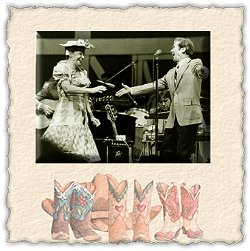
In 1963, National Life insurance purchased the Ryman Auditorium for $207,500 and changed the name of the building to the Grand Old Opry House, but the Opry was destined to move at least one more time when in 1969, National Life announced plans to open up a theme park and hotel situated east of downtown and those plans also included a new home for the Grand Old Opry.
In 1982, American General took over the National Life and it's properties and soon afterwards, in order to reduce debt that resulted from the overpriced buy out of National Life American General, began to negotiate the sale of some of the National Life's assets which included the Opryland Hotel and Convention Center, Opryland Theme park, WSM radio Station, Ryman Auditorium and others.
It was unknown what fate would soon befall the Grand Ole Opry. Soon after the announcement of the pending sale, an Oklahoma Businessman and good friend of Minnie Pearl named Ed Gaylord bought the properties for $225 million and continued operations of the Grand Ole Opry.

Today, the Grand Ole Opry, still owned by Gaylord Entertainment, is going strong. The Grand Ole Opry show is still heard live on the WSM radio station and offers live shows every week.
As Tanya Tucker sang,"..."Well my old radio would play that old opry show, So I never got lonesome or blue."
Worked back then for many and I have a feeling it still does.
I hope you enjoyed this Stroll and I hope you learned some things you didn't know.
SEE YA ON THE FLIP SIDE!!
